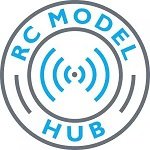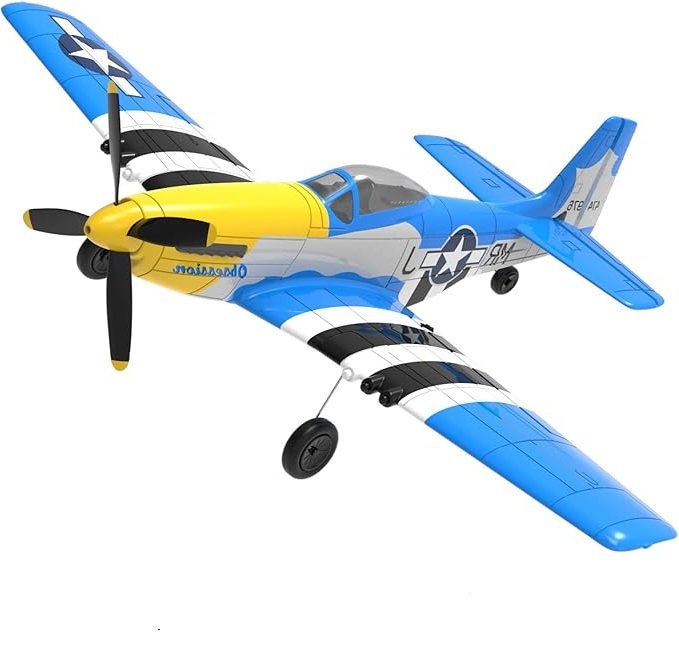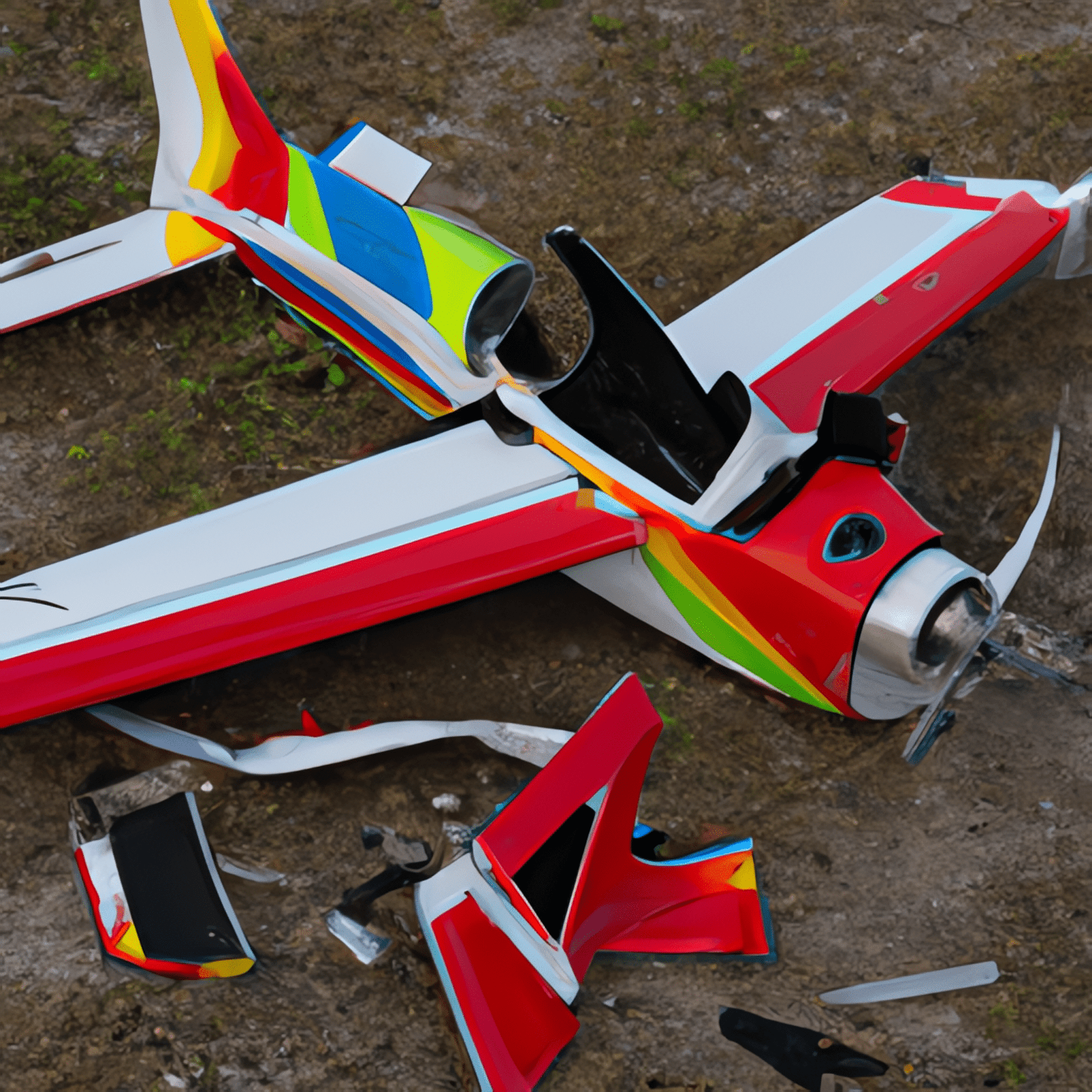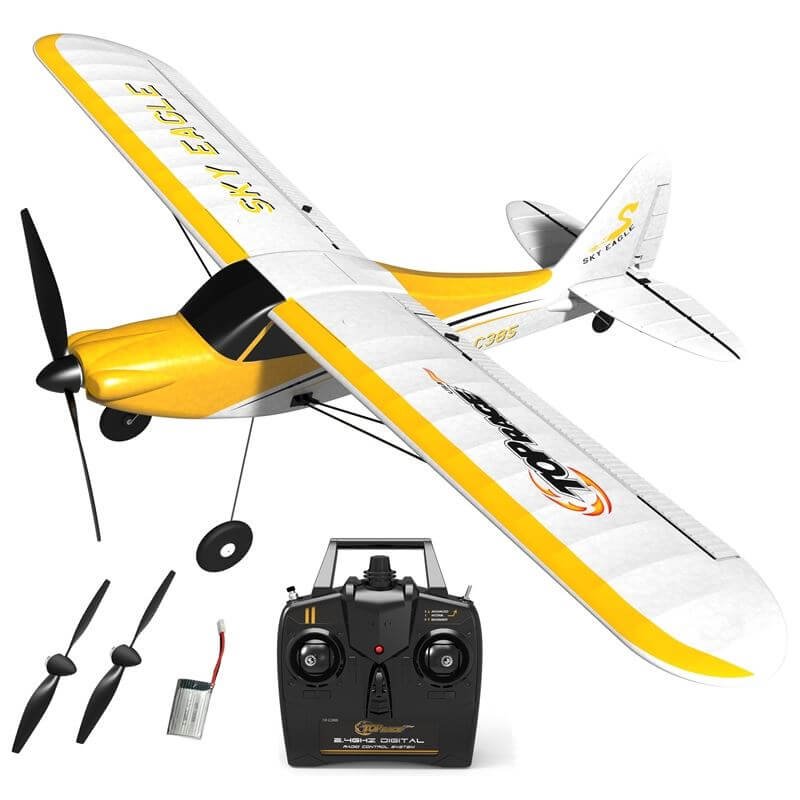Have you ever wondered how far your remote control plane can fly? If you’ve never flown a model airplane before, then you might be surprised at how far it can go.
However, flying out of the range of your transmitter will cause you to lose control of your RC plane.
We’re not talking about how long an RC airplane can fly – that’s covered in another article. This is all about the distance it can fly.
So how far can an RC plane fly?
In ideal conditions, you can get a distance of 1.5km with an RC plane that operates at 2.4Ghz, or several kilometers using the UHF (Ultra High Frequency). Other factors include the sensitivity of the receiver, positioning of the antenna, and the environment in which you are flying.
Unfortunately, there is no simple answer to the question of how far an RC plane can fly. This will depend on a host of factors. Read on below to find out what are the technical and environmental conditions that can affect the flying distance of RC planes.
6 Things That Will Affect How Far an RC Plane Can Fly
Radio Power
There is an old rule “the Watts per Pound” that lets you determine the power output needed for the best performance of your RC plane or lets you know what to expect from the one you own.
Up to 70 watts per pound is the minimum level of power good for park and slow flyers, while 150 to 210 watts per pound gives you ultimate performance. In other words, the more power (more W/lb), the higher the performance and the distance of flying.
Interestingly, the radio transmitting power and frequency bands that are in use are different in different places. In the EU, the 2.4 GHz is a 100mW maximum power, while in the USA, they have access to 200mW. Again, with more milliwatts, more transmitting power allows the signals to go a little bit further.
For a detailed list for a specific country, you can check the Fédération Aéronautique Internationale (FAI) website: https://www.fai.org/page/frequencies
The Type of Antenna on Your Controller
Most controllers have a screw-in antenna that is interchangeable. Different antennas can give a different range of connectivity; for example, a 5 dB antenna can give up to 40% more range as compared to a 2 dB antenna.
Antenna gain (dB) indicates how strong a signal an antenna can send or receive. One thing to note is that increasing your antenna gain by double does not mean that your range of connectivity will be doubled, instead, it is the signal strength that will be doubled. To find out more about your plane’s antenna gain (dB), do refer to its manual.
Antenna Placement
Without getting into too many technical details about how an antenna works, we are just going to provide you with some common practices and examples that should give the best performance of your radio-controlled aircraft.
Generally, there is no such thing as ‘best position’, but we can call it the best-compromised position for the antenna.
You will choose the position of the antenna on your TX (transmitter) first. Horizontal antenna polarization is prevalent and most common.
Now, what about antenna placement on the receiver? Unlike the TX antenna that’s held in the pilot’s hands (fixed in the horizontal position), the one on the receiver (in the aircraft body) is flying all over the place – so it will be pointing different ways during the flight.
Here are a few things to consider when placing an antenna on the receiver:
- Consider how the aircraft will be flown in relation to the transmitter antenna position. Antenna systems are horizontally and or vertically polarized, so you can place, for example, one antenna to the floor of your plane (flat) and one pointing to the sky; like an L. This way you will limit the reception loss the best you can because no matter what attitude your plane is in it should be no more than 45 degrees off.
- Antennas should be placed with no carbon directly shielding them.
- Check your radio manual for the recommended procedure as it can vary a bit from brand to brand.
- After installing the antennas, do the range check to make sure you’ve got a solid radio frequency (RF) link.
The Flying Environment
The noise or interference level of the radio frequency bands is a factor in how far you can fly your RC plane (lower frequency bands go farther).
In remote areas where you can get no phone signal (and other Wi-Fi signals and radio towers that are creating noise), you will get a better flying distance, as there will be less interference. The 2.4 GHz band is particularly sensitive to interference from other sources.
Wind Speeds and Direction
How strong the wind is, and its direction is a factor. Flying into a strong wind will reduce the distance your radio-controlled aircraft will be able to fly, because more power is going to be required than on a calm day. Check out
this post on how much wind is too much.
Battery Life
How long your battery lasts will limit the flying distance. With electric planes the battery will probably only last between 15 and 20 minutes. Nevertheless, in that time your model could be several miles away and out of visual contact. Lithium batteries will last longer than NiCd. Learn more about batteries
here.
Calculating the Maximum Flying Distance
Generally, you will need a range check and several test flights to make sure everything is set up correctly and to actually find out what is the maximum flying distance of your radio-controlled aircraft.
There are also some websites that can help you calculate the performance of your RC plane. Sites like radiocontrolinfo.com, eCalc, and flyingsites.co.uk have simple calculators for many kinds of RC-powered machines including aircraft, boats, and drones. These calculators can give you an idea about the distance your RC aircraft can achieve and at which time.
Another and probably more reliable way to make sure how far your RC model can fly is to test it with a friend. Have the friend operate the TX while you walk away with the airplane. See how far you can go before servos and/or motor start to glitch – and that will tell you the transmission range and how far your radio-controlled aircraft can fly safely.
What Happens When Your RC Plane Flies Out of Range? 3 Things To Do To Regain Control
The average RC plane flies between 20 to 150 miles per hour. The faster planes are powerful machines that you can’t fly in your backyard. They require space and safety precautions when flying them on your own. Just like real planes, they will require skill in order to be controlled properly.
Did you know that the fastest remote-controlled jet-powered RC aircraft travels around 465 MPH? Read more about that here. Considering this, you’ll know how fast and how very easily they can get lost from your sight. When they fly too far away, it’s easy to lose control and crash your aircraft.
Here are a few suggestions that can prevent disaster from happening and can help you to regain control of your aircraft if you think it has gone near the edge of the transmission range:
- Cut the motor power. By cutting the throttle control, this will decrease the speed of your plane and its damage if it crashes into anything. Also, by centralizing all control surfaces, you’ll gain time to assess the situation.
- Keep things slow and steady. Don’t try to over-correct and make sure to make gentle turns from here to there. Most RC plane crashes are caused by people who move their transmitter sticks too much.
- Apply gentle rudder control. If your plane is disappearing into the gloom this will gently turn the aircraft towards you, while still maintaining control.
SAFE Technology
The wide introduction of “Safe” (Sensor Assisted Flight Envelope) technology by
Horizon Hobby into the hobby has meant that many trainer airplanes have beginner-friendly flight characteristics, and are much easier to fly in tricky conditions, such as on
windy or
rainy days.
They are a boon for beginner pilots and experienced pilots alike.
SAFE technology is able to limit the actions of the novice pilot to allow the airplane to achieve normal flight and continue to fly even if the controls are set to their extreme limits. So SAFE limits the extent to which the plane’s flight controls – the rudder, elevators and ailerons – can be moved in flight.
But, a plane with SAFE onboard doesn’t limit your abilities as a pilot. There are options that involve beginner, intermediate and advanced settings, so you can tailor the amount of “help” you receive from the technology according to your abilities.
In the beginner setting you will be restricted, however, to fairly gentle maneuvers, and only in the advanced mode will you be looping the loop.
Other features of the technology mean that you’re less likely to have a disaster as you learn:
- AutoLand brings the plane down safely by pressing a button
- Holding Pattern recovers the airplane to a pre-defined GPS point
- Virtual Fence confines the plane to an area
- Panic Recovery automatically brings the aircraft back to flying level
In the context of this article, SAFE can limit the distance the rc airplane can travel from the pilot, via its “Virtual fence” capability.
Each manufacturer has their own version. For example,
Horizon Hobby, also has ‘ACT’ (Anti-Crash Technology™) and
Volantexrc has the Xpilot stabilization system.
Another technology is Horizon’s AS3X™ (Auto Stabilisation 3-Axis™), now found on many of their model aircraft. AS3X dampens out unwanted interruptions to the plane’s flight path (i.e. mainly from wind gusts) and ensures a smoother flying experience.
RC Planes With First Person View (FPV)
One way of ensuring that you can retain control if your rc plane flies out of sight is to fit a camera to it, and view its flight path in real time. This is called “First person view” or FPV. We write more about this
here.
What Are The Best Long-range RC Planes?
Are you interested in buying your own long-distance flyer? Before you head out to shop, read our list below to see our highly recommended long-range RC planes.
Generally, the types of aircraft most suited to long-range flight are those with large wingspans, lightweight, and highly aerodynamic.
The WingWing Z-84
For an amazing long-range remote control plane that looks and flies great, go for WingWing Z-84. This long-range electric aircraft has a molded EPO foam wing with a wingspan of 33.25 inches, with a great flight performance
Compared to other long-range RC planes, this model has a small aircraft body but has a very easy build and nice linkages. It’s also very stable and would require huge fuselage for its size.
WingWing Z-84 is made with durable material with nice molding. It has an awesome flight envelope and can fit a 7-inch prop. It also has a good flight time of about (20-25 minutes). Plus, this plane is very maneuverable and not a pain to control.
Here’s a video of the Wingwing in action:
Volantex Ranger EX (757-3)
With an enormous wingspan of 77 inches, this long-range RC electric aircraft is just a predator in the air. This is a highly recommended plane that comes with a Plug ‘n Play version which comes with all the gears you need such as its own ESC, servos, powerful motor, and prop.
It also comes with tons of features such as a custom PVC fuselage, its own landing gear, durable foam wings, and tons of camera mounting options. Its huge cargo bay just makes it perfect. It can hold tons of electronics, batteries, and more.
You can check out more detail and reviews on this RC plane,
here (Amazon link)
Nimbus 1800
Experience the skies with Nimbus 1800. This dual rotor long-range FPV electric aircraft is made with an excellent modular design that makes it one of the best long-range planes out there. The headcover of Nimbus 1800 is secured by hooks that are easy to assemble from scratch.
It has an amazing wing strength thanks to the extended carbon tube in its design. Nimbus has a maximum flying height of 3500m and flying speed of 140km per hour. It can guarantee a long flight time thanks to its great specs.
Nimbus also has a big battery compartment and a very convenient model to disassemble and carry. Aside from hobbyists, the Nimbus 1800 is also widely used by security personnel as well as search and rescue teams.
Do Regulations Limit How Far I Can Fly My Rc Plane?
While we discussed everything that is necessary to achieve the maximum flying distance and listed some best RC planes for doing so before you go and start thinking which RC plane can go the furthest BEAR IN MIND:
That most good quality radios will be able to fly the model well beyond the legal range. Legally your range will be limited to a far closer range; 400ft in most of the places, so please check the local laws before you make any final decisions.




